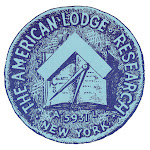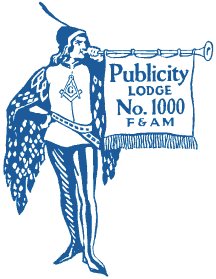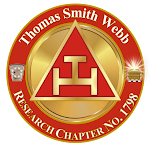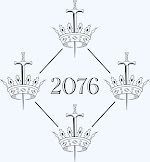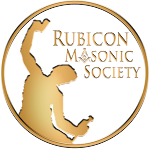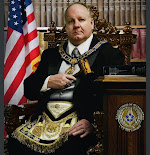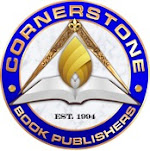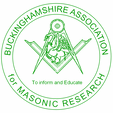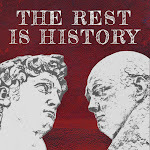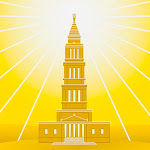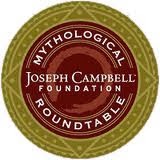I enjoyed the weekend with Civil War Lodge of Research 1865, which marked its thirtieth anniversary, in Virginia.
 |
| The East of the lodge room. |
CWLR is one of six(!) research lodges in the Commonwealth, having been set to labor on November 14, 1995 with Allen E. Roberts as its inaugural Master. We met Saturday at Babcock Lodge 322 in Highland Springs; this lodge building is the home of this research lodge, although CWLR travels about and outside Virginia in pursuit of its research into Freemasonry’s connections in the history of the War Between the States.
Membership in CWLR is open to Masons outside Virginia—ergo my presence—which makes for a diverse group (with sometimes a babelic approach to ritual!), but also can inhibit attendance due to the cable tow’s limits. So, for our anniversary celebration, I thought participation wasn’t what it should have been, although we elected four to membership—one of whom, Bro. Michael, immediately joined the officer line as a Steward!
 |
| A close-up of that photo of CWLR’s founders. Sorry for the glare. |
No papers were presented yesterday, but we installed our officers for 2026. Bro. Bill Hare of Maryland is our new Worshipful Master. Our new Wardens are RW Clifton White in the West, and Bro. Alan Hawk, of Maryland, in the South. In addition, Secretary Bennett Hart was invested with his jewel and warrant of office as the new DDGM of Grand Lodge’s Research District. (With six research lodges, it makes sense to organize them into a district.) Yours truly even had a small role as I served as the proxy for the installation of Bro. Gary Laing, of Delaware, as Tyler. The installation was conducted by Past (1997) Grand Master Alan Adkins, with the help of Bro. Keith Hinerman (our second WM back in 1996) and RW Hart.
 |
| Souvenirs! |
He is shown here in a painting that hangs inside the lodge room. When Babcock vacates the premises, I hope the portrait finds a new home.
 |
| Where the Confederate fortifications stood at the Battle of Cold Harbor. |
After lodge, we visited Cold Harbor, a nearby National Battlefield Park. I got separated from the group, but I followed behind through the three key stops at the site. In late fall, with leaves covering the ground, there isn’t much to look at, frankly, and the dreary raw weather made it more drab. What impressed me is the small space. To think tens of thousands of soldiers blasted each other to pieces here—the Union side lost 12,000 men—is incomprehensible. I’m sure the present day park is much smaller than the land where they fought, but the preserved battleground looks like it could fit in a small college campus. Read some of the details here.
Yesterday was a long day, with brethren arriving at the lodge at eight in the morning and leaving the battlefield site at 3 p.m., so I wasn’t surprised to find myself alone at the restaurant at dinnertime. The food at Mexico in Sandston was okay. I had “street tacos” (steak) and a grande glass of cerveza (Dos Equis Amber). The group dinner Friday night at Roberto was far superior, especially for those of us who ordered the ribeye. Everything for the weekend—the hotel, the lodge, the restaurants, the historic site—are in close proximity and very easily reached, even for me with my ignorance of the area and poor sense of direction.
 |
| Yikes. |
Keith also sent me home with a copy of Emessay Notes from June 2018 which tells of MW Dwight Smith, Grand Master in Indiana in 1945. Assuming I’d never heard of Smith, Keith enjoyed telling me about him. Usually terrible at sober conversation, I had fun reciprocating by telling Keith a little about the Knights of the North and our cultic devotion to Smith and his writings.





